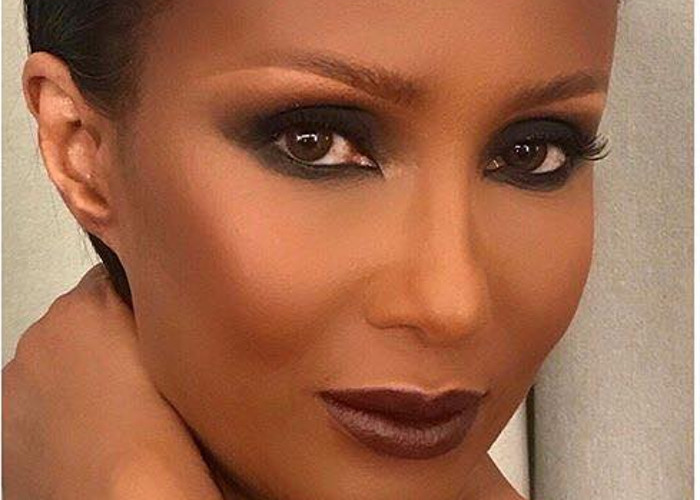Dealing with Varicose Veins During Cold Weather

When the temperature starts to drop, and the city turns into a winter wonderland, you might be ready to pull out your thick jackets and switch on the heater. Although the season to get cozy under your blankets might be the perfect time to sip on hot chocolate and relax, if you have varicose veins, things might be a little different.
Varicose veins are enlarged, twisted veins affecting the vein’s ability to move blood back to the heart due to venous insufficiency. If the winter changes your lifestyle and results in inactivity, it can reduce vein circulation and worsen varicose veins. Here are some ways you can deal with varicose veins during winter.
Seek Medical Treatment
There are many causes of varicose veins that you can address with medical treatment. Whether you developed varicose veins due to family history, age, obesity, or long periods of sitting, there are different forms of treatment you can use to treat the condition.
Since there are different ways to treat varicose veins, the method best suited for you depends on a professional’s diagnosis. The form of treatment and its effectiveness depends on the doctor’s discretion, and consulting a professional is the best way to deal with varicose veins during winter. Don’t let varicose veins take away the joys of building snow angels and attending Christmas festivals!
Credit: cottonbro Via Pexels
Identify the Triggers
To effectively treat varicose veins, you need to find out what is triggering the issue. For example, you might feel more discomfort when you stand for long hours at work. Or it might bother you when you wear tight clothing. Try to note down when you feel the most discomfort.
In addition, it can also be beneficial to identify your symptoms, which can help the medical professional determine what type of treatment you need. You may experience itching and burning. Or you may feel more impactful changes such as blood clots or bleeding. Identifying the triggers will allow you to receive suitable treatment and eliminate the problem as early as possible.
Don’t Let Winter Make You Lazy
Sometimes, it might take a while to find a doctor’s appointment. Or your doctor might schedule your treatment a few months later. Get a head start on your journey of varicose vein relief by exercising regularly. Physical activity can keep the blood circulating and reduce symptoms of varicose veins.
Along with exercise, you can also elevate your legs when sitting to help your veins return blood to your heart. Keeping your body moving, especially during the winter, will enable your veins to function correctly and reduce symptoms of varicose veins.
Credit: Julia Larson Via Pexels
Embrace Compression Stockings
Although compression stockings are an excellent way to control varicose veins all year round, some people might feel uncomfortable wearing them in the summer. Luckily, winter is the perfect time to rock those compression stockings as it encourages blood flow in the veins and prevents complications, such as clots and ulcers.
Wearing compression stockings will help you ease varicose vein discomfort while helping you stay warm and cozy throughout the winter months. It’s a win-win!
Dealing with varicose veins can be challenging, especially during the winter since the symptoms become more prevalent. However, taking the proper measures before the temperature drops too low will help you prevent potential problems before they occur.





Leave a Comment